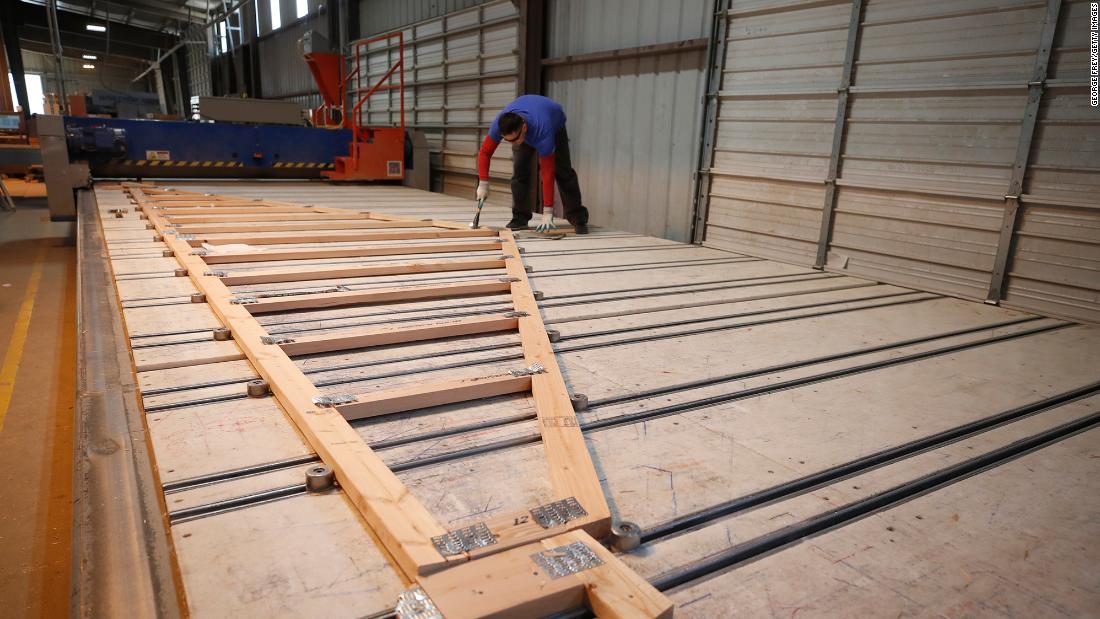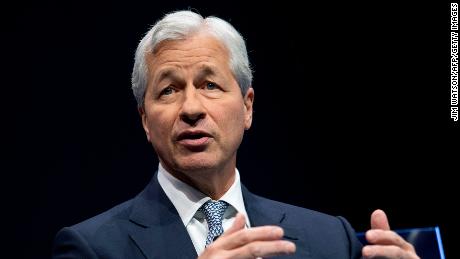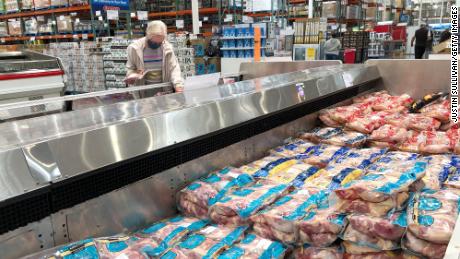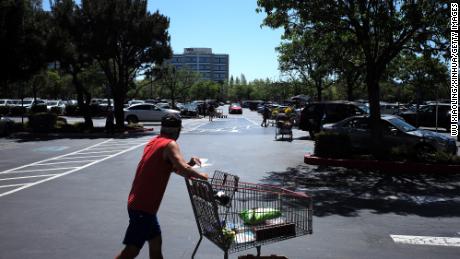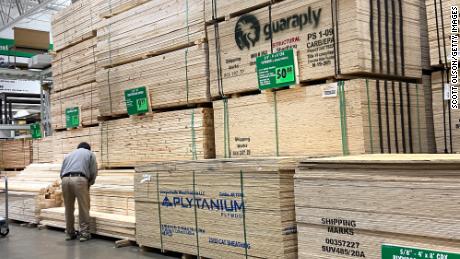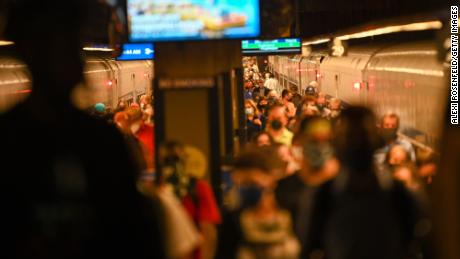Steel and lumber prices are sky-high. Lifting Trump’s tariffs could help
Yet doing so could come at significant cost: undermining Biden’s efforts to rebuild domestic manufacturing and create jobs at home.
Trump’s lumber and steel tariffs, introduced in 2017 and 2018 respectively, were aimed at protecting American industry and jobs against alleged unfair trade tactics — and the steel industry says they’ve been essential to keeping the sector afloat during the pandemic. But the logic of the tariffs is being undermined by not only supply shortages but also breathtaking price spikes.
400% spikes
Despite a 20% pullback in recent weeks, random-length lumber futures are still up more than 400% from their April 2020 low. Lumber prices have skyrocketed so much that it’s causing remodeling nightmares and creating even more sticker shock in the booming housing market.
“That doesn’t make a lot of economic sense if the issue is that domestic production is insufficient,” said Robert Dietz, chief economist at the NAHB. “It seems clear. This is Adam Smith-type stuff,” he said, referencing the Scottish economist known as the father of capitalism.
‘Prices are still in the stratosphere’
Likewise, prices for US hot-rolled, coil steel, the most widely produced finished steel product, have spiked almost 270% since bottoming out last August and hit a record high of $1,616 per ton on Friday, according to S&P Global Platts. Before this boom, the prior peak was $1,100 in 2008.
The Trump tariffs and quotas that limit imports, imposed in 2018 to combat steel dumping by China and others, are only adding to the pressure.
“Steel prices are still in the stratosphere,” said Phil Gibbs, director of metals equity research at KeyBanc Capital Markets. “It clearly points to the fact that the tariffs shouldn’t be there. The right thing, in my opinion, is to take them off.”
Some business groups are clamoring for the White House to do just that, especially as inflation concerns mount.
“These tariffs are needlessly constraining supply in a way that is hurting the economic recovery,” John Murphy, senior vice president for international policy at the US Chamber of Commerce, told CNN Business.
Murphy, whose organization opposed the Section 232 steel tariffs from the beginning, argued tariff relief is a way government can help accelerate the recovery while simultaneously easing inflation jitters.
“To have a strong and sustainable recovery, we need a comprehensive strategy to address shortages and bottlenecks from workforce to raw materials like steel and lumber,” he said. “Trade policy should definitely play a role here.”
Rust Belt jobs in focus
Peter Boockvar, chief investment officer at Bleakley Advisory Group, said it would “absolutely” make sense to remove the lumber and steel tariffs.
“But they don’t want to be seen as rolling over to China, or even Canada,” he said. “They’re making political decisions, not economic ones.”
Meanwhile, both the steel and lumber industries are strongly urging Biden to keep the tariffs in place. Removing them could prove to be politically unpopular, especially among steel workers in battleground Rust Belt states.
“Why would you kneecap the domestic steel industry when you want to spend $2 trillion on infrastructure?” asked Rob Scott, senior economist and director of trade and manufacturing policy research at the Economic Policy Institute. “It would be like taking a sledgehammer to kill a flea.”
Scott argued the steel tariffs effectively supported the industry and that removing them, along with quotas limiting imports, would lead to both a “hemorrhaging of jobs” and importing steel that is in many cases worse for the environment than what is made in America.
“It will mean the steel we are importing to build our infrastructure will create jobs in China and the European Union, not here,” he said.
Biden: It’s not like flipping on a light switch
The Biden administration does not appear to have made a decision yet on lifting the steel or lumber tariffs, though new efforts are being made to address rising inflation concerns.
Biden announced late last week his administration will soon take unspecified steps to fight supply chain pressures, beginning with construction materials and transportation bottlenecks.
“You can’t reboot a global economy like flipping on a light switch. There’s going to be ups and downs,” Biden said during remarks in Cleveland.
A White House spokesperson told CNN Business the effort Biden announced will pursue “every avenue that could help relieve bottlenecks and strengthen our economic recovery.”
The spokesperson said the Biden administration continues to thoroughly review the Trump administration’s trade policies and that review will inform the next steps.
“Tariffs are one tool in the toolbox to support American workers and American industry,” the spokesperson said.
The China factor
After meeting with home building executives last week, US Commerce Secretary Gina Raimondo pledged to identify “targeted actions” the government and industry can take to address supply chain constraints that are posing a “serious challenge” to the residential construction industry.
Danielle DiMartino Booth, CEO and chief strategist at Quill Intelligence, questioned the logic of keeping the Section 232 national security steel tariffs in place on the EU, especially given that China, not Europe, is the biggest source of cheap steel.
“If we want to be most capable of fighting China, it’s going to have to be with the assistance of our allies, ones we alienated during the Trump administration,” she said.
‘The tariffs must remain in place’
The steel industry, however, is in no rush to say goodbye to the tariffs that have sent steel stocks to moon.
Likewise, the US Lumber Coalition, an alliance of large and small softwood lumber producers, called on Biden to keep lumber tariffs on Canada in place until its unfair trade practices are addressed.
Ultimately, Biden must balance these concerns with fears of an overheating economy and price spikes squeezing families and businesses. How Biden decides the tariff issue could help telegraph how worried he really is about inflation.
![]()


